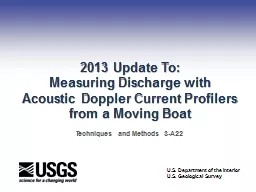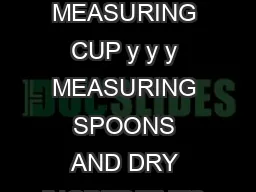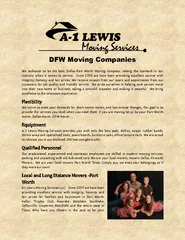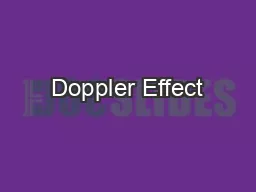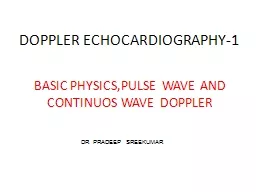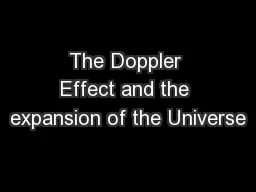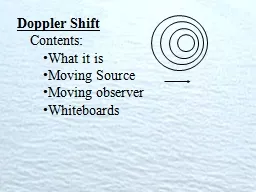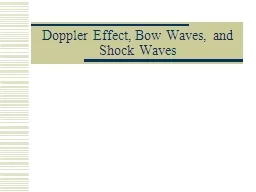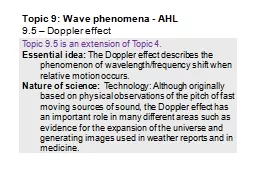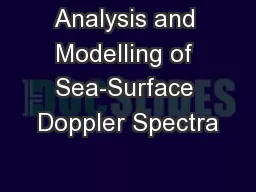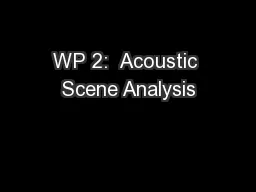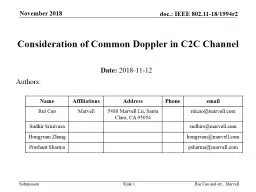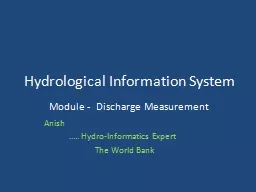PPT-2013 Update To: Measuring Discharge with Acoustic Doppler Current Profilers from a Moving
Author : alida-meadow | Published Date : 2019-02-13
Techniques and Methods 3A22 Goals of Report Update Achieve consistency between memos and TampM Clarify policy that has been confusing Establish policy on some items
Presentation Embed Code
Download Presentation
Download Presentation The PPT/PDF document "2013 Update To: Measuring Discharge with..." is the property of its rightful owner. Permission is granted to download and print the materials on this website for personal, non-commercial use only, and to display it on your personal computer provided you do not modify the materials and that you retain all copyright notices contained in the materials. By downloading content from our website, you accept the terms of this agreement.
2013 Update To: Measuring Discharge with Acoustic Doppler Current Profilers from a Moving: Transcript
Download Rules Of Document
"2013 Update To: Measuring Discharge with Acoustic Doppler Current Profilers from a Moving"The content belongs to its owner. You may download and print it for personal use, without modification, and keep all copyright notices. By downloading, you agree to these terms.
Related Documents

